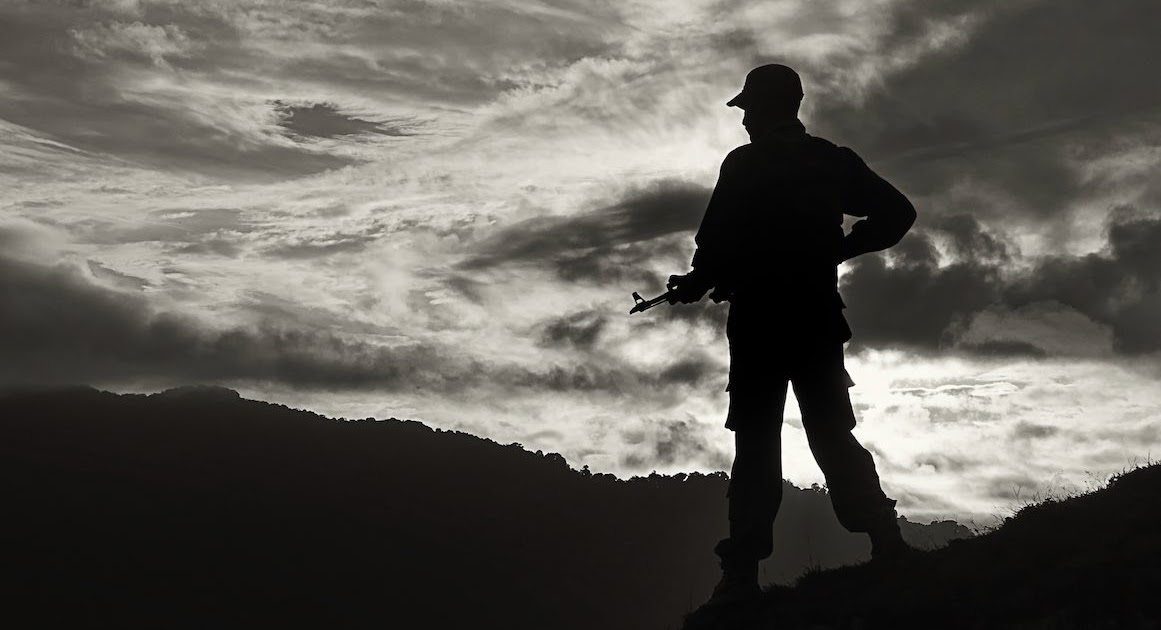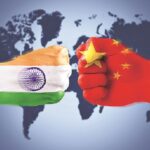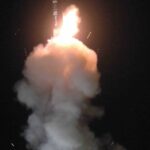
The Indian and Chinese militaries have already had 21 rounds of talks at the level of corps commanders. Talks have been held at the diplomatic level as well
By Vikas Gupta
Defence News of India, 16th March 24
The chief of army staff, General Manoj Pande, stated on Friday that the army is in control of the situation on the Line of Actual Control (LAC), where Indian and Chinese troops had clashed in the summer of 2020 after soldiers from the People’s Liberation Army (PLA) had crossed in large numbers into territory that was traditionally controlled and patrolled by the Indian Army and the Indo-Tibetan Border Police (ITBP).
“I would say the overall situation on the LAC is stable, but sensitive,” said Pande, addressing a conclave organised by a media house in New Delhi.
Observing that the army monitored the LAC continuously, Pande stated: “Our deployment is robust, balanced and we maintain adequate reserves.”
Pande said the army continuously modernises its weaponry, and upgrades its technology for precision targeting.
“[The Indian and Chinese militaries] have already had 21 rounds of talks at the level of senior commanders. Talks have been held at the diplomatic level as well. We want to return to the status-quo-ante. Until that happens, our response on the LAC will remain robust,” he said.
Alongside equipment modernization, infrastructure development is being carried out 12 months in a year, said Pande. This includes a network of roads and helipads.
“We are also building a telecommunications network to connect all 305 Indian military posts in Ladakh with fifth-generation (5G) connectivity,” said Pande.
The army chief confirmed that the Indian Army is creating a growing capability for “grey zone warfare”, in which the kinetic dimension of warfare was boosted by misinformation. “We have a lot of experience of grey zone warfare, obtained through counter-insurgence operations over the preceding decades.”
The need for India’s military to build up conventional as well as non-conventional warfare capabilities was highlighted by Admiral Sunil Lanba (Retired), the former chief of the Indian Navy who now heads the navy’s official think tank, called the National Maritime Foundation.
“Look at the growth of China’s maritime power: The PLA (Navy) is already the world’s largest naval force that operates 375 ships. Seven of the world’s ten biggest ports are on China’s coast. In the last decade, the PLA(N) has added 112 ships to its orbat.
In contrast, India carries out less than one per cent of global shipbuilding.
Lanba stated that the Indian Navy needs more warships, especially capital warships such as destroyers and frigates and aircraft carriers that displace more than 65,000-tonnes and have the capability to launch bigger combat aircraft.
Former chief of the Indian Air Force (IAF), Air Chief Marshal RKS Bhadauria stated that the PLA (Air Force) has combined its cyber and space commands. We need to be prepared to deal with the front end of China’s growing military power in the Indo-Pacific.






